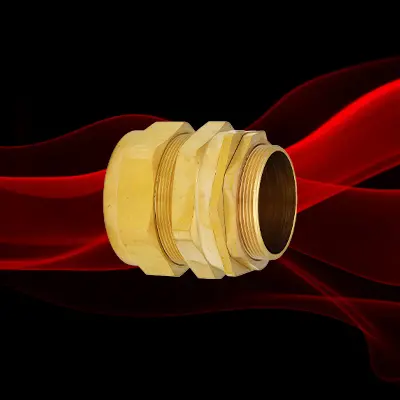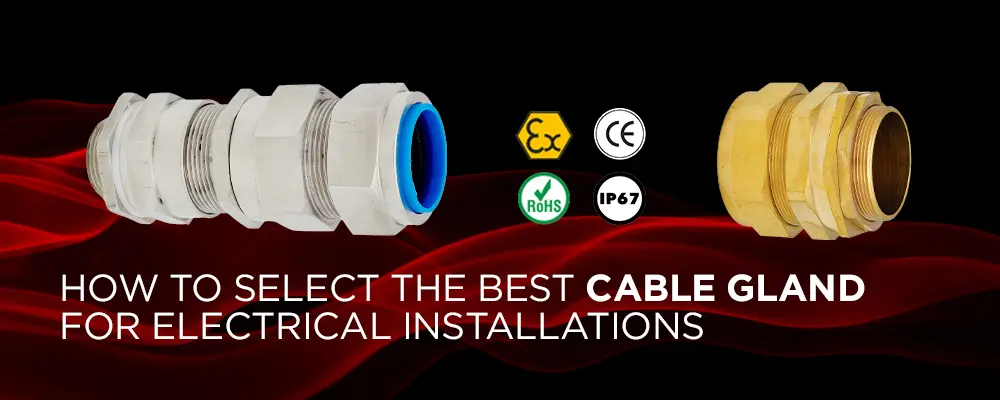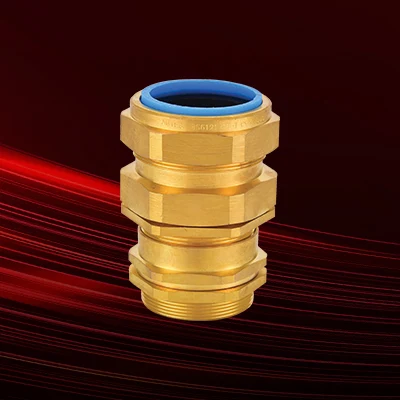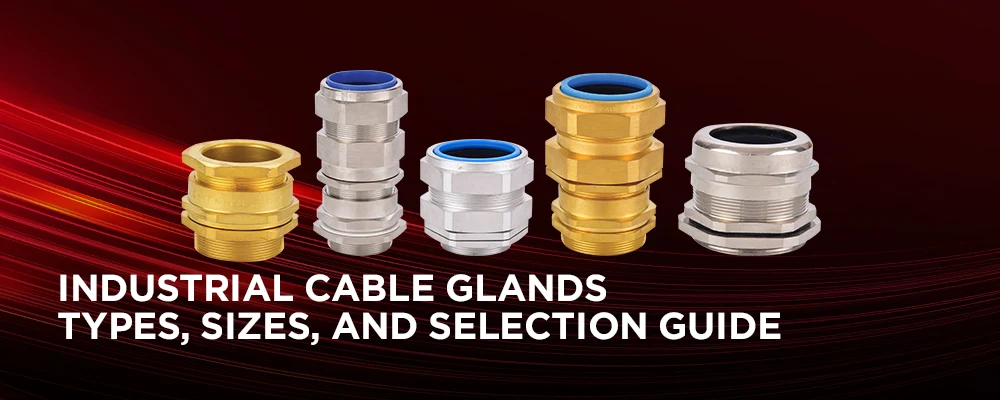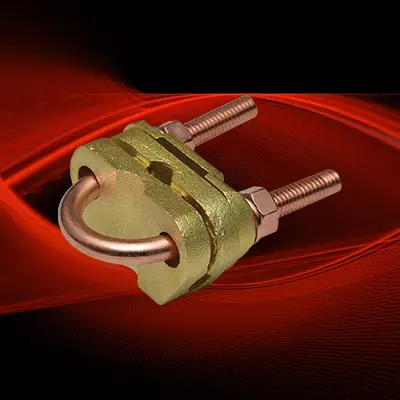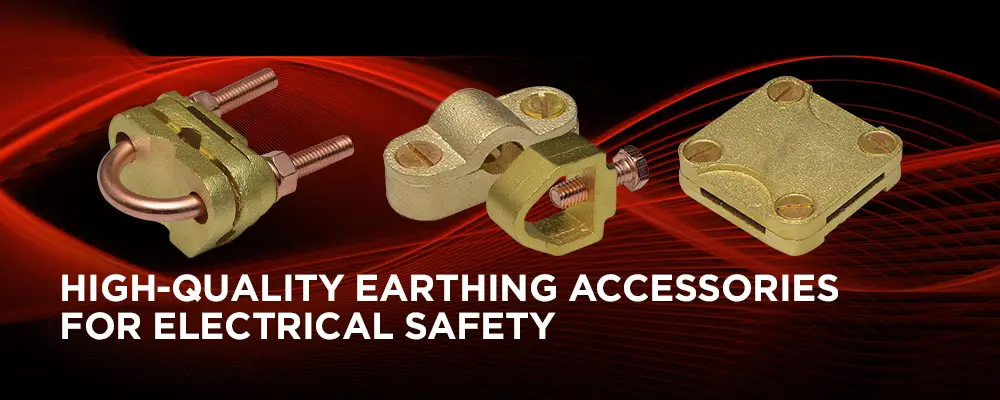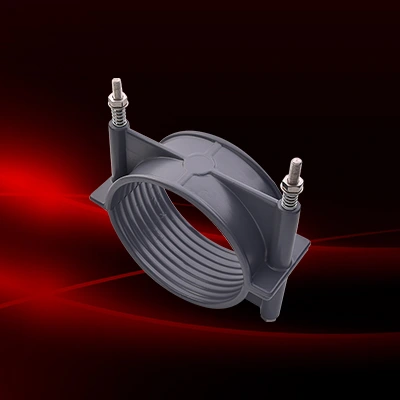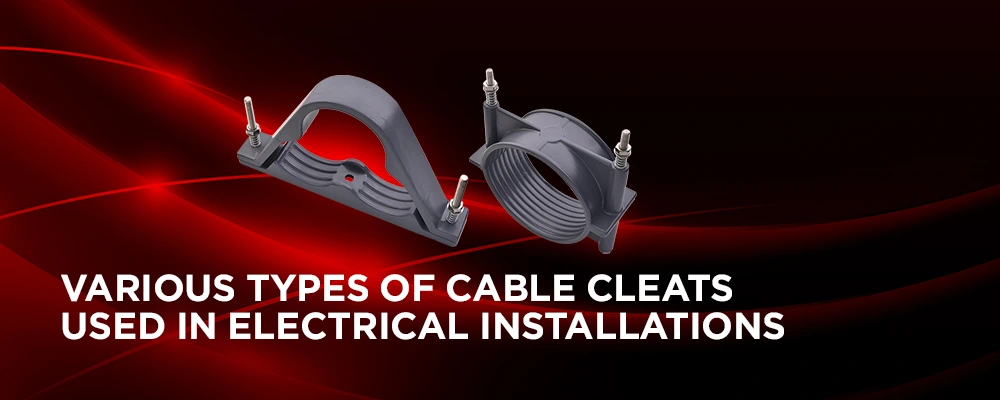
Proper installation of brass fittings is crucial to ensuring the durability and efficiency of plumbing systems in construction. Mistakes during installation can result in leaks, pressure issues, or even system failures. By understanding common installation errors, you can improve safety, enhance system performance, and avoid costly repairs. This guide outlines common mistakes to avoid when installing brass pipe fittings in construction projects.
Selecting the wrong type of brass fittings is a common error that can compromise your system’s stability. Each type of brass fitting is designed for specific applications, and using the incorrect one may lead to performance issues or leaks.
Key Considerations:
- Identify the required thread type, size, and pressure rating.
- Match fittings to the appropriate pipe material, such as copper, PVC, or galvanized steel.
- Ensure fittings are suitable for environmental conditions like temperature variations, moisture exposure, and chemical contact.
Choosing high-quality products from a reliable brass fitting manufacturer like Atlas Metal Industries ensures long-term performance in construction applications.
Failing to match brass fittings with compatible materials can result in corrosion or compromised durability.
Best Practices:
- Use brass pipe fittings with copper pipes for stable and corrosion-free connections.
- Avoid pairing brass fittings with galvanized steel pipes unless special precautions are taken to prevent galvanic corrosion.
- Confirm that fittings are designed for the intended pipe type and installation environment.
Consulting with experts from Jamnagar brass industries can help you select the best fittings for your construction projects.
Both over-tightening and under-tightening brass fittings can lead to performance issues. Excessive force may crack the fitting, while insufficient tightening can cause leaks.
Solution:
- Follow the manufacturer’s torque recommendations.
- Use an adjustable wrench to achieve the ideal balance between secure connections and avoiding damage.
Following industry standards ensures your plumbing fittings remain secure and effective.
Ignoring temperature and pressure limits can compromise the reliability of your brass pipe fittings and overall system.
Important Tips:
- Select fittings designed to withstand the expected pressure levels in your system.
- For high-temperature environments, ensure your brass fittings have heat-resistant properties.
- Review technical specifications from trusted brass fitting manufacturers to match product ratings with your project’s needs.
Atlas Metal Industries offers certified brass fittings suitable for diverse temperature and pressure conditions.
Even durable brass fittings require periodic cleaning and maintenance to ensure optimal performance. Dirt buildup, corrosion, or damaged fittings can lead to system failures.
Maintenance Tips:
- Clean brass pipe fittings with mild cleaning agents or vinegar to remove tarnish.
- Inspect fittings regularly for cracks, leaks, or discoloration.
- Replace corroded or worn-out fittings promptly to maintain system integrity.
By sourcing quality plumbing fittings from Atlas Metal Industries, you reduce maintenance concerns and extend system life.
Low-quality brass fittings may fail under pressure, deteriorate faster, or introduce contaminants into your system. Non-certified fittings can pose serious risks in construction projects.
Solution:
- Choose products from reputable brass fitting manufacturers known for producing certified fittings.
- Ensure your fittings meet ISO, ANSI, or BS standards to guarantee safety and quality.
Atlas Metal Industries delivers durable and certified brass pipe fittings that meet construction industry standards.
Ignoring safety standards can result in legal issues, system failures, or safety hazards.
Best Practices:
- Familiarize yourself with applicable building codes and regulations.
- Use certified brass fittings in construction projects to ensure compliance.
- Seek guidance from trusted Jamnagar brass industries professionals for product recommendations and installation advice.
Avoiding common installation mistakes is essential to achieving durable, safe, and efficient plumbing systems in construction. By choosing high-quality products from trusted suppliers like Atlas Metal Industries, you can prevent costly errors and ensure long-lasting performance.
For durable and certified brass pipe fittings tailored for your construction projects, visit our website or contact us for expert guidance.
For inquiries, reach us at sales@atlasmetalind.com or call us at +91-288 2730 944.
How can I identify certified brass fittings?
Certified brass fittings are marked with industry-standard certifications like ISO or ANSI. Always buy from reputable suppliers like Atlas Metal Industries.
Are brass fittings suitable for both residential and commercial plumbing?
Yes, brass pipe fittings are versatile and widely used in both residential and commercial plumbing systems.
How do I prevent leaks in brass fittings?
Ensure proper tightening, use quality sealants or Teflon tape, and select fittings designed for your system's pressure and temperature conditions.
What role do Jamnagar brass industries play in brass fitting manufacturing?
Jamnagar brass industries are known for producing precision-engineered brass fittings that ensure reliability in construction projects.
How often should brass fittings be cleaned or maintained?
Routine inspection and cleaning every six months is recommended to ensure your brass fittings perform optimally.


